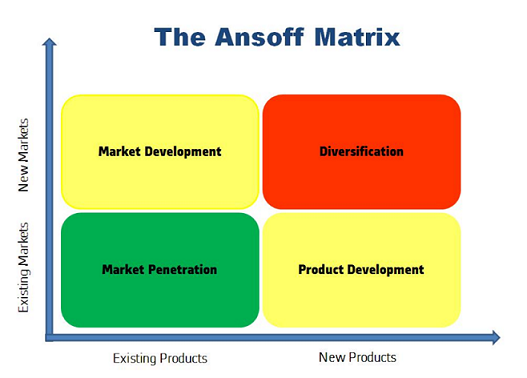Growth may be a bit of a tarnished word in the UK right now but most commercial businesses have growth as an ongoing objective; whether that’s growth in revenue, bottom line, market share, customer base, or similar. And most likely a combination.
But whilst it’s not overly difficult to set growth objectives, it can be more difficult for businesses to work out how best to achieve those objectives. There are often different options to be considered, with more or less data to help inform decisions.
From Fire NBM’s experience of working with many different clients in different B2B sectors, we can suggest the following different approaches and tools to help:
1. Clarify your growth objectives
One of the key start points is the basis or assumptions for any growth objectives. Questions such as:
· What is happening in your marketplace, what are the trends, what do you predict will happen in the coming years? A Political Economic Social Technological (PEST) analysis can often help identify influencing factors, adding Legal and Environmental (PESTLE) as appropriate
· What are your competitors doing and what are they likely to do in the future? It’s generally worth taking some time out to analyse your main competitors, their strategies, and likely future ambitions
· What is your own organisation’s situation, how well placed are you to take advantage of growth opportunities, what issues might you be facing in taking the business forward? The good old Strengths Weaknesses Opportunities Threats (SWOT) analysis never goes amiss at this point
The word sustainability is used in many contexts, and often over used, but in this case, it is worth thinking through, and developing, a growth plan looking a few years (3-5) into the future, to help test how sustainable your growth objectives might be.
2. Identify where your growth is most likely to come from
There are various tools to help with the source of growth conundrum, including the off the shelf favourite, Ansoff.
The Ansoff 4 box matrix is a straightforward and helpful way of structuring thinking; whether growth should be focused on existing products or services in existing markets (bottom left box), through to new products in new markets (top right box). Quite often, businesses will decide to start their growth plans ‘close to home’, utilising their current portfolio, and then, over time, become more expansive with product development.
A tool we also use frequently is the Total Available Market (TAM) analysis.
This involves breaking down a market into relevant sectors and evaluating whether any of the sectors are not readily available or accessible to a business. The TAM brings often much needed realism to market share ambitions, the ‘we only need 5% of this market’ statement changes quite considerably if only 50% of the market is actually available for various reasons. It was, for example, an important part of our work for US fintech client Intersections, who asked us to evaluate the UK credit bureaux market for them.
And ‘mapping’ is very valuable in helping understand and visualise competitors’ positioning, and in identifying gaps for product and proposition development. A mapping exercise for the University of Westminster brought to life our previous research insights, which demonstrated that mid-ranking London universities were not clearly differentiated from each other.
3. Conduct a competencies assessment
Typically, growth requires incremental resource and investment, and, often, additional capabilities or competencies.
We find that engaging the internal team(s), in assessing current competencies and any gaps there might be to help enable growth ambitions, works well in getting people on board with a growth strategy.
The output from the ‘fried egg’ tool, as we call it, is valuable in this respect. The example below was for a membership organisation, who commissioned us to review and refresh their membership proposition and structure.
We’re not suggesting that evaluating the opportunities for growth is all about tools. You’ll want to analyse internal and market data, gain feedback and insights from customers, and run financial models, amongst other things. Tools provide valuable input to workshops, discussions and decision making, and, if used well, should improve the chances of growth success.
Do get in touch via the form below if you’d like to chat about any of your growth opportunities.
#businessgrowth #sustainablegrowth #growthmapping #B2B


